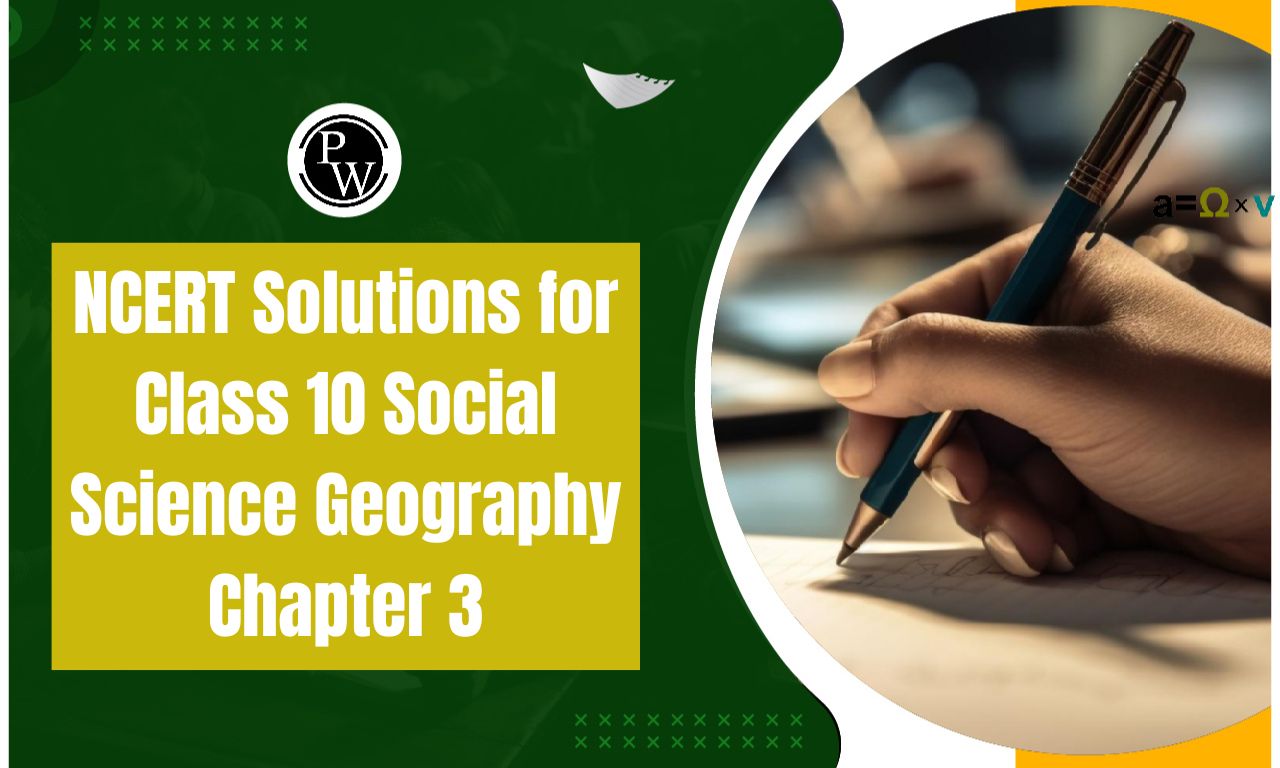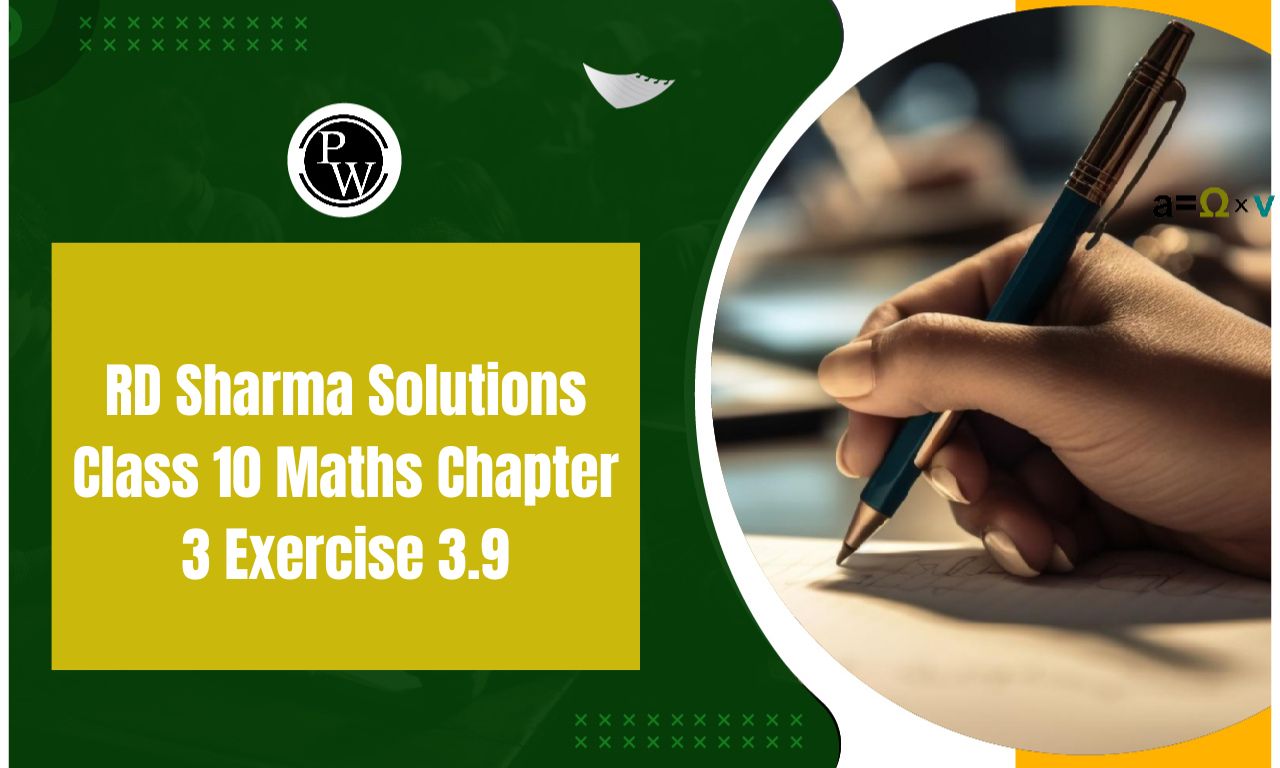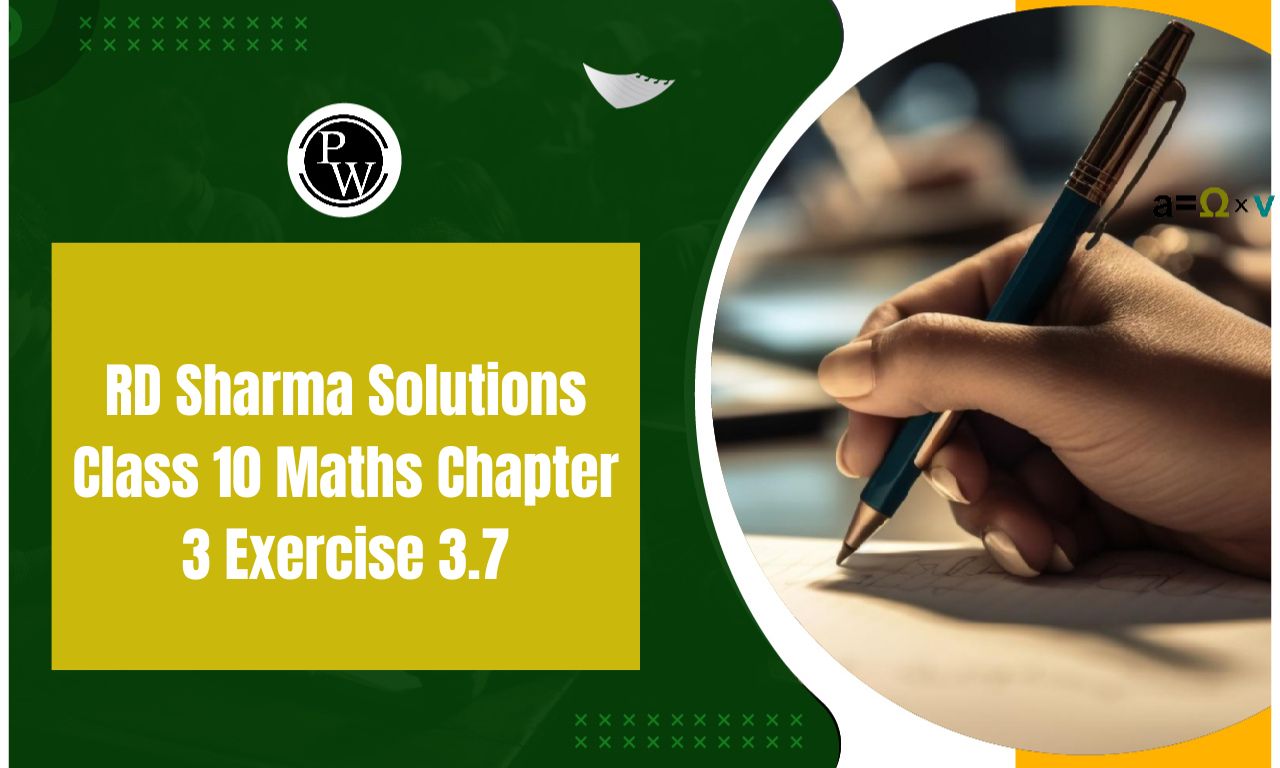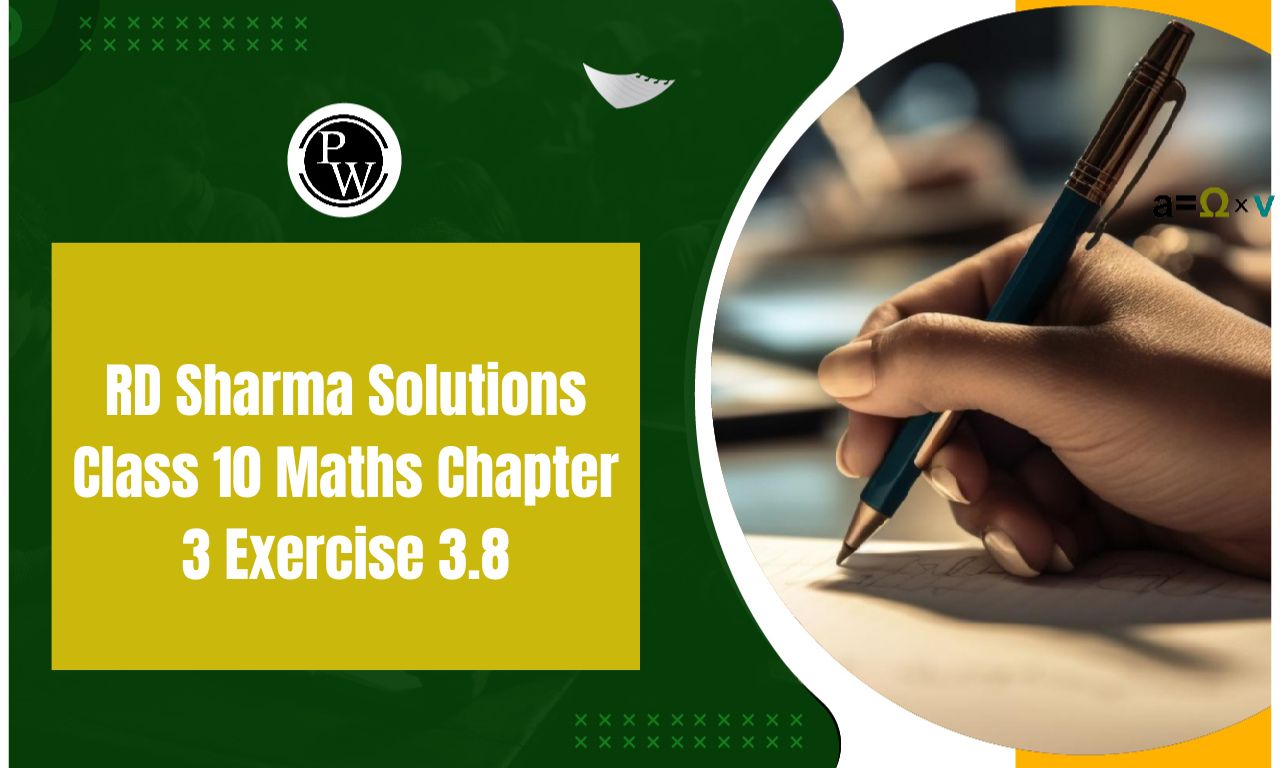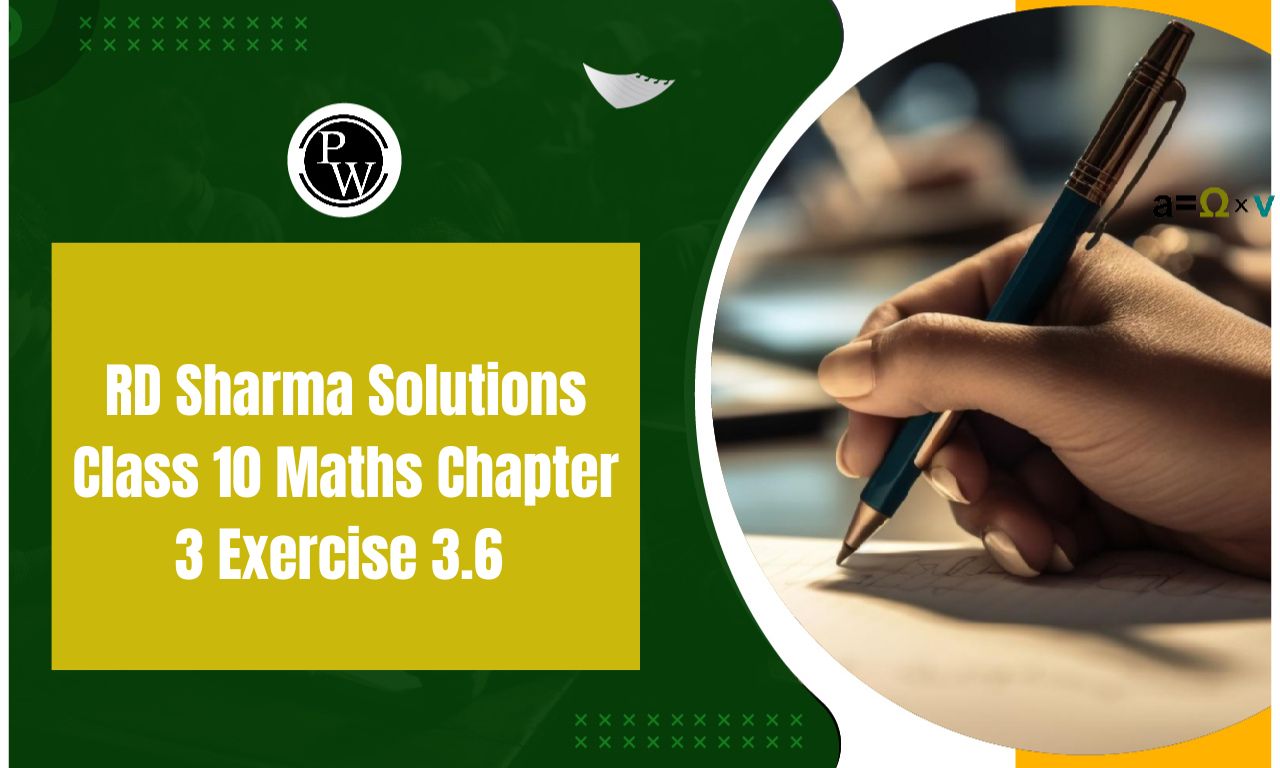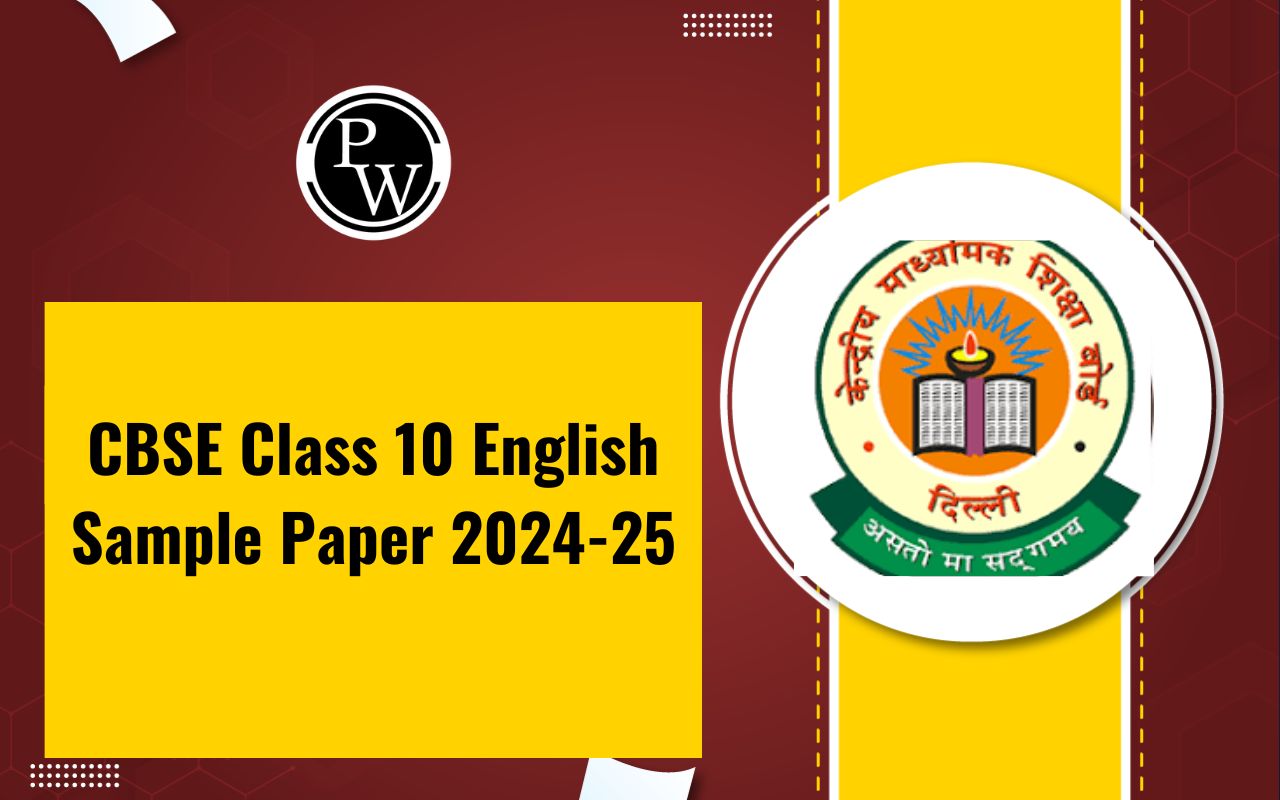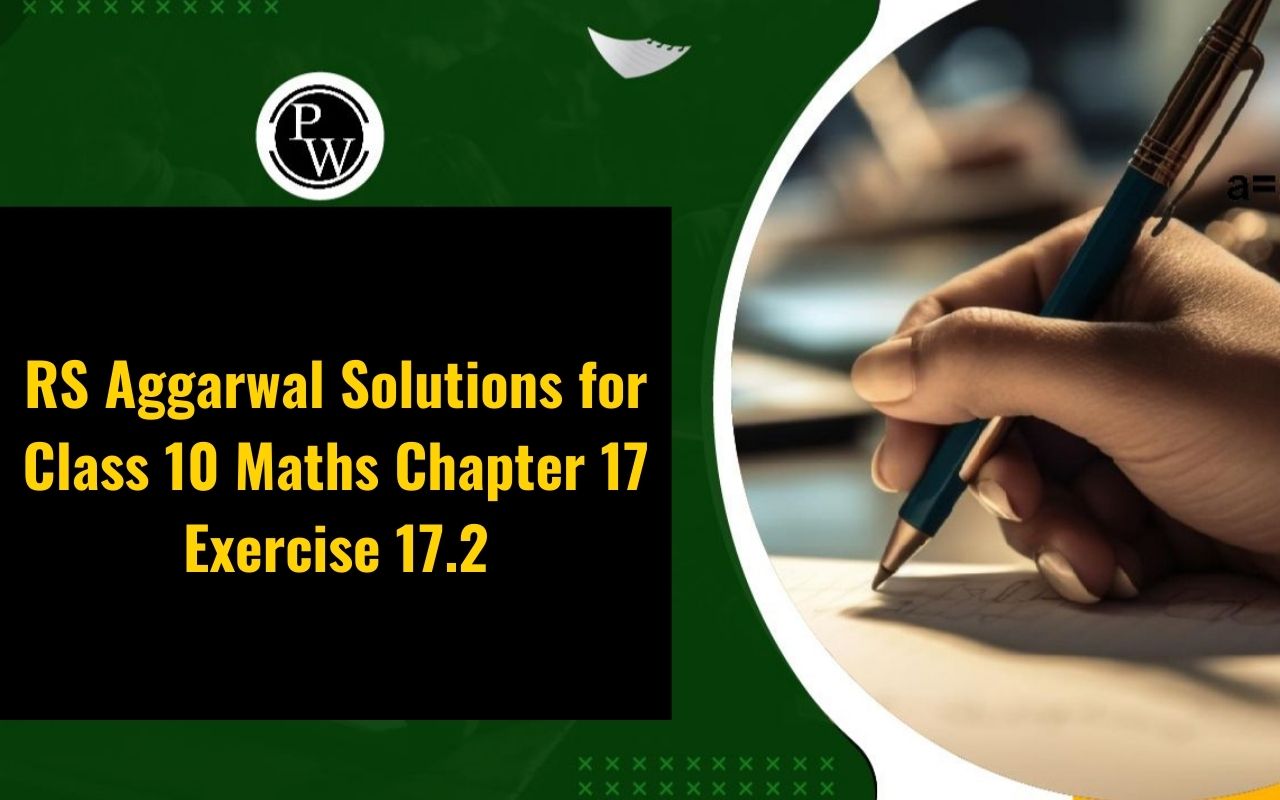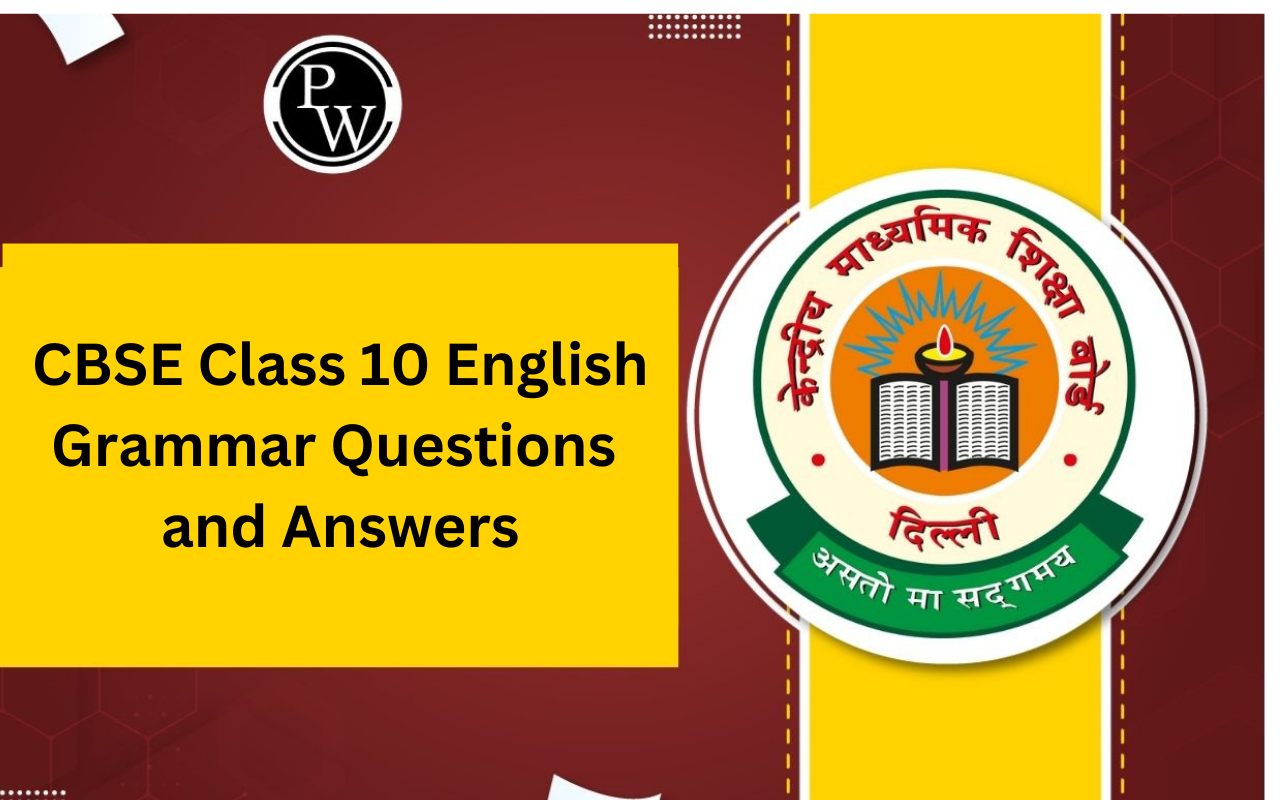
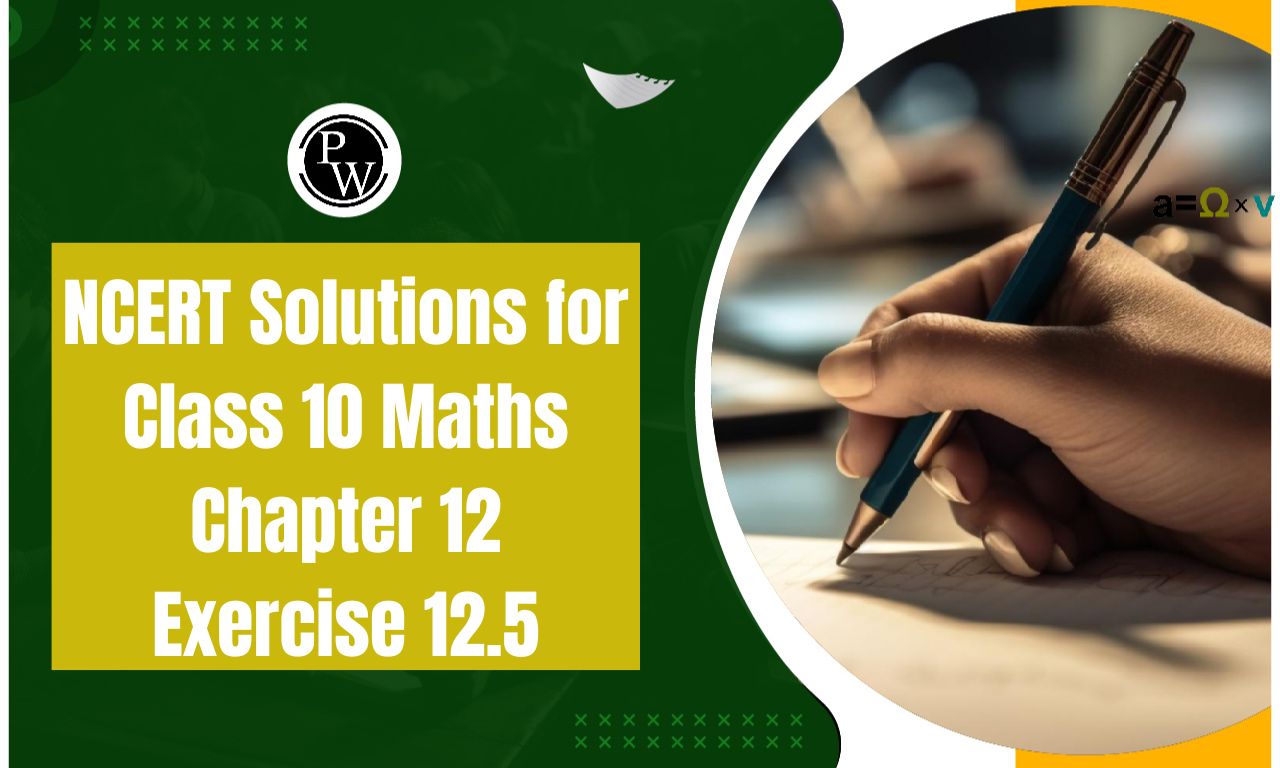
NCERT Solutions for Class 10 Maths Chapter 12 Exercise 12.5: Chapter 12 of Class 10 Maths, Surface Areas and Volumes, extends the understanding of 3D geometry to frustum-shaped solids in Exercise 12.5. This exercise focuses on calculating the surface area and volume of a cone's frustum, a shape formed when a cone is sliced parallel to its base.
Students learn to apply specific formulas for the curved surface area, total surface area, and volume of frustums, incorporating dimensions like the slant height and radii of the bases. Through practical applications and problem-solving, the exercise builds a deeper understanding of geometry concepts, helping students effectively relate theoretical knowledge to real-life scenarios.NCERT Solutions for Class 10 Maths Chapter 12 Exercise 12.5 Overview
The NCERT Solutions for Class 10 Maths Chapter 12 Exercise 12.5, Surface Areas and Volumes, are vital for mastering the concept of frustums of cones. This exercise introduces students to calculating the curved surface area, total surface area, and volume of frustums using well-defined formulas.CBSE Class 10 Maths Sample Paper 2024-25
These solutions are crucial as they simplify complex problems, making it easier for students to understand and apply the concepts in real-life scenarios, such as designing containers or structures. By providing clear, step-by-step explanations, these solutions enhance problem-solving skills, ensure accurate understanding, and prepare students effectively for exams and practical applications of geometry.NCERT Solutions for Class 10 Maths Chapter 12 Exercise 12.5 PDF
Below, we have provided the NCERT Solutions for Class 10 Maths Chapter 12 Exercise 12.5 in PDF format. This exercise focuses on calculating the surface area and volume of frustums of cones using specific formulas. The PDF offers step-by-step explanations to simplify problem-solving and strengthen conceptual understanding. Download the PDF to practice effectively, enhance your preparation, and excel in understanding this important topic of geometry.NCERT Solutions for Class 10 Maths Chapter 12 Exercise 12.5 PDF
NCERT Class 10 Maths Video Solutions Chapter 12 Exercise 12.5
NCERT Solutions for Class 10 Maths Chapter 12 Exercise 12.5 Surface Areas and Volumes
Below is the NCERT Solutions for Class 10 Maths Chapter 12 Exercise 12.5 Surface Areas and Volumes -1. A copper wire, 3 mm in diameter, is wound about a cylinder whose length is 12 cm, and diameter 10 cm, so as to cover the curved surface of the cylinder. Find the length and mass of the wire, assuming the density of copper to be 8.88 g per cm 3 .
Solution:
Given that, Diameter of cylinder = 10 cm So, the radius of the cylinder (r) = 10/2 cm = 5 cm ∴ Length of wire in completely one round = 2πr = 3.14×5 cm = 31.4 cm It is given that diameter of wire = 3 mm = 3/10 cm ∴ The thickness of the cylinder covered in one round = 3/10 m Hence, the number of turns (rounds) of the wire to cover 12 cm will be Now, the length of wire required to cover the whole surface = length of wire required to complete 40 rounds
40 x 31.4 cm = 1256 cm
Radius of the wire = 0.3/2 = 0.15 cm
The volume of wire = Area of the cross-section of wire × Length of wire
= π(0.15)
2
×1257.14
= 88.898 cm
3
We know,
Mass = Volume × Density
= 88.898×8.88
= 789.41 gm
Now, the length of wire required to cover the whole surface = length of wire required to complete 40 rounds
40 x 31.4 cm = 1256 cm
Radius of the wire = 0.3/2 = 0.15 cm
The volume of wire = Area of the cross-section of wire × Length of wire
= π(0.15)
2
×1257.14
= 88.898 cm
3
We know,
Mass = Volume × Density
= 88.898×8.88
= 789.41 gm
2. A right triangle whose sides are 3 cm and 4 cm (other than the hypotenuse) is made to revolve about its hypotenuse. Find the volume and surface area of the double cone so formed. (Choose the value of π as found appropriate)
Solution:
Draw the diagram as follows:

 Solving this, we get
V = 30.14 cm
3
The surface area of the double cone will be
Solving this, we get
V = 30.14 cm
3
The surface area of the double cone will be
 = 52.75 cm
2
= 52.75 cm
2
3. A cistern, internally measuring 150 cm × 120 cm × 100 cm, has 129600 cm 3 of water in it. Porous bricks are placed in the water until the cistern is full to the brim. Each brick absorbs one-seventeenth of its own volume of water. How many bricks can be put in without overflowing the water, each being 22.5 cm × 7.5 cm × 6.5 cm?
Solution:
Given that the dimension of the cistern = 150 × 120 × 110 So, volume = 1980000 cm 3 Volume to be filled in cistern = 1980000 – 129600 = 1850400 cm 3 Now, let the number of bricks placed to be “n” So, the volume of n bricks will be = n×22.5×7.5×6.5 Now, as each brick absorbs one-seventeenth of its volume, the volume will be = n/(17)×(22.5×7.5×6.5) For the condition given in the question, The volume of n bricks has to be equal to the volume absorbed by n bricks + the volume to be filled in the cistern Or, n×22.5×7.5×6.5 = 1850400+n/(17)×(22.5×7.5×6.5) Solving this, we get n = 1792.414. In one fortnight of a given month, there was a rainfall of 10 cm in a river valley. If the area of the valley is 7280 km 2 , show that the total rainfall was approximately equivalent to the addition to the normal water of three rivers, each 1072 km long, 75 m wide and 3 m deep.
Solution:
From the question, it is clear that Total volume of 3 rivers = 3×[(Surface area of a river)×Depth] Given, Surface area of a river = [1072×(75/1000)] km And, Depth = (3/1000) km Now, volume of 3 rivers = 3×[1072×(75/1000)]×(3/1000) = 0.7236 km 3 Now, the volume of rainfall = total surface area × total height of rain = 0.7280 km
3
For the total rainfall to be approximately equivalent to the addition to the normal water of three rivers, the volume of rainfall has to be equal to the volume of 3 rivers.
But, 0.7280 km
3
= 0.7236 km
3
So, the question statement is true.
= 0.7280 km
3
For the total rainfall to be approximately equivalent to the addition to the normal water of three rivers, the volume of rainfall has to be equal to the volume of 3 rivers.
But, 0.7280 km
3
= 0.7236 km
3
So, the question statement is true.
5. An oil funnel made of a tin sheet consists of a 10 cm long cylindrical portion attached to a frustum of a cone. If the total height is 22 cm, the diameter of the cylindrical portion is 8 cm, and the diameter of the top of the funnel is 18 cm, find the area of the tin sheet required to make the funnel (see Fig.).

Solution:
Given, Diameter of the upper circular end of the frustum part = 18 cm So, radius (r 1 ) = 9 cm Now, the radius of the lower circular end of the frustum (r 2 ) will be equal to the radius of the circular end of the cylinder So, r 2 = 8/2 = 4 cm Now, height (h 1 ) of the frustum section = 22 – 10 = 12 cm And, Height (h 2 ) of cylindrical section = 10 cm (given) Now, the slant height will be- Or, l = 13 cm
Area of tin sheet required = CSA of frustum part + CSA of the cylindrical part
= π(r
1
+r
2
)l+2πr
2
h
2
Solving this, we get
Area of tin sheet required = 782 4/7 cm
2
Or, l = 13 cm
Area of tin sheet required = CSA of frustum part + CSA of the cylindrical part
= π(r
1
+r
2
)l+2πr
2
h
2
Solving this, we get
Area of tin sheet required = 782 4/7 cm
2
6. Derive the formula for the curved surface area and total surface area of the frustum of a cone, given to you in Section 13.5, using the symbols as explained.
Solution:
Consider the diagram

 Now, by rearranging, we get
Now, by rearranging, we get
 The total surface area of the frustum will be equal to the total CSA of the frustum + the area of the upper circular end + the area of the lower circular end
= π(r
1
+r
2
)l+πr
2
2
+πr
1
2
∴ Surface area of frustum = π[(r
1
+r
2
)l+r
1
2
+r
2
2
]
The total surface area of the frustum will be equal to the total CSA of the frustum + the area of the upper circular end + the area of the lower circular end
= π(r
1
+r
2
)l+πr
2
2
+πr
1
2
∴ Surface area of frustum = π[(r
1
+r
2
)l+r
1
2
+r
2
2
]
7. Derive the formula for the volume of the frustum of a cone.
Solution:
Consider the same diagram as the previous question. Now, approach the question in the same way as the previous one and prove that
ΔABG ~ ΔADF
Again,
Now, approach the question in the same way as the previous one and prove that
ΔABG ~ ΔADF
Again,
 Now, rearrange them in terms of h and h
1
Now, rearrange them in terms of h and h
1
 The total volume of the frustum of the cone will be = Volume of cone ABC – Volume of cone ADE
= (⅓)πr
1
2
h
1
-(⅓)πr
2
2
(h
1
– h)
= (π/3)[r
1
2
h
1
-r
2
2
(h
1
– h)]
The total volume of the frustum of the cone will be = Volume of cone ABC – Volume of cone ADE
= (⅓)πr
1
2
h
1
-(⅓)πr
2
2
(h
1
– h)
= (π/3)[r
1
2
h
1
-r
2
2
(h
1
– h)]
 Now, solving this, we get
∴ The volume of frustum of the cone = (⅓)πh(r
1
2
+r
2
2
+r
1
r
2
)
Now, solving this, we get
∴ The volume of frustum of the cone = (⅓)πh(r
1
2
+r
2
2
+r
1
r
2
)
Benefits of Using NCERT Solutions for Class 10 Maths Chapter 12 Exercise 12.5
Comprehensive Understanding : Provides step-by-step solutions for frustums of cones, enhancing conceptual clarity.
Exam-Oriented Preparation : Offers accurate answers aligned with the latest syllabus, ensuring better performance in exams.
Efficient Learning : Simplifies complex problems, helping students save time and learn effectively.
Real-Life Application : Demonstrates practical uses of geometry in designing frustum-based objects like containers.
Self-Study Aid : Ideal for independent learning and revision, making it easier to grasp and practice the topic.
Error-Free Solutions : Ensures precision in calculations, building confidence and reducing errors in problem-solving.
NCERT Solutions for Class 10 Maths Chapter 12 Exercise 12.5 FAQs
How do you know when to use surface area and volume?
What is the use of surface area and volume?
What is the significance of surface area to volume?
How many shapes are there in surface area and volume?

